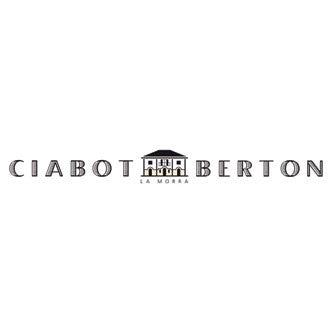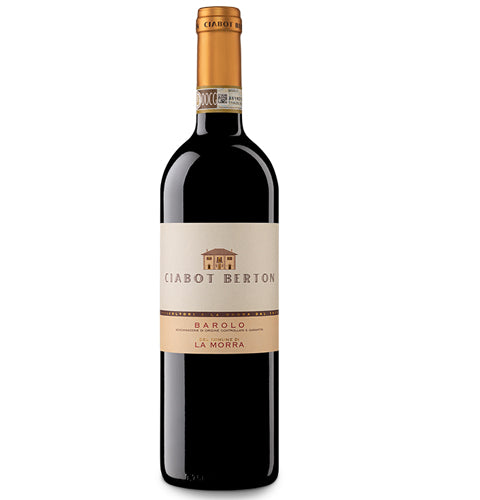
Ciabot Berton
The Oberto family can trace its origins back at least as far as 1200, when the Germanic surname of Obertus first appeared in a La Morra land register, and there are records of the same family cultivating vines in the area in the 1800s. By the end of the 1950s, Luigi Oberto and his father Giovenale were tending their 2 hectares of Nebbiolo on the hill of Bricco San Biagio, selling the grapes at the market in Alba.
Around that time, Luigi decided to build his own winery and produce wine himself, thereby cutting out the middlemen and increasing the rewards for all of his efforts. Amounting to just a few thousand bottles, Luigi’s first vintage of Barolo was bottled in 1961, with a portion of the wine from his best cask set aside as a Riserva and part of his production sold in cask to the major producers of the area. As the years passed, the estate expanded and its vineyards now cover 12 hectares, both through his purchase of precious hillside vineyards and as a result of his wife, Maria Beatrice, inheriting land in the historic Roggeri cru.
The current winery was built in the 1980s, on a site that had always been known by the name of Ciabot Berton. The small building, or “ciabot” in Piemontese dialect, which stands there once belonged to a man called Berton who had attempted to manufacture fireworks inside it. Not entirely surprisingly, he ended up causing an explosion and blew the roof off the building! This old ruin, which gave its name to the company, can still be seen from the winery and is now surrounded by Nebbiolo vineyards. In homage to Berton’s albeit misguided endeavours, the Obertos named their Barbera D’Alba fisetta or “firework”.
Since the 1990s, Luigi’s children Marco, an oenologist, and Paola, an agronomist, have been working alongside him on the estate. Increasingly aware of the quality and of the potential of their vineyards, Marco and Paola began to vinify the fruit of the different parcels of vines separately, selecting only the best batches of Barolo for bottling. By making small but important changes such as this, and by taking advantage of Luigi’s great experience, the wines of Ciabot Berton are going from strength to strength, gaining ever more appreciation and admiration along the way.
Around that time, Luigi decided to build his own winery and produce wine himself, thereby cutting out the middlemen and increasing the rewards for all of his efforts. Amounting to just a few thousand bottles, Luigi’s first vintage of Barolo was bottled in 1961, with a portion of the wine from his best cask set aside as a Riserva and part of his production sold in cask to the major producers of the area. As the years passed, the estate expanded and its vineyards now cover 12 hectares, both through his purchase of precious hillside vineyards and as a result of his wife, Maria Beatrice, inheriting land in the historic Roggeri cru.
The current winery was built in the 1980s, on a site that had always been known by the name of Ciabot Berton. The small building, or “ciabot” in Piemontese dialect, which stands there once belonged to a man called Berton who had attempted to manufacture fireworks inside it. Not entirely surprisingly, he ended up causing an explosion and blew the roof off the building! This old ruin, which gave its name to the company, can still be seen from the winery and is now surrounded by Nebbiolo vineyards. In homage to Berton’s albeit misguided endeavours, the Obertos named their Barbera D’Alba fisetta or “firework”.
Since the 1990s, Luigi’s children Marco, an oenologist, and Paola, an agronomist, have been working alongside him on the estate. Increasingly aware of the quality and of the potential of their vineyards, Marco and Paola began to vinify the fruit of the different parcels of vines separately, selecting only the best batches of Barolo for bottling. By making small but important changes such as this, and by taking advantage of Luigi’s great experience, the wines of Ciabot Berton are going from strength to strength, gaining ever more appreciation and admiration along the way.
-
 Sold out
£30.98
Sold out
£30.98Ciabot Berton Barolo "La Morra" 2014
Ciabot BertonThis Barolo is a wonderful combination of power and elegance showing the hallmark characteristics of violets and roses. Made from the younger vines...
View full details
Sort by

